It is turning grey and gloomy again in Lahore as smog – officially the fifth season of Pakistan – makes a comeback and it is likely to be an intense one as Pakistan Meteorological Department (PMD) has recently revealed that the country will soon face its next major and extreme environmental challenge, smog.
It has been aptly put forth by a recent report by International Growth Centre (IGC) and Consortium for Development Policy Research (CDPR) that Pakistan’s health burden is a complex amalgamation of traditional hazards like the poor sanitation, lack of hygiene and lack of access to clean water, as well as modern hazards like urban air pollution. The study shows that air pollution has remained number two in the last decade among major risk factors that drive most deaths and disability combined for Pakistan after malnutrition.
The air quality has deteriorated massively over the years. Lahore is a calamity-hit city and is categorized among the most polluted cities in the world, while Pakistan is among the most polluted countries around the globe. Exposure to high level of air pollutants such as PM 2.5 not only has health-related consequences, but also non-health consequences, and how the poor are much more vulnerable.
The reports highlights literature that shows that even temporary reduction in air pollution like strikes and factory closures lowers respiratory-related hospitalizations, mortality and other morbidities. Long term decrease in carbon monoxide is linked to improvement in infant mortality and birth outcomes. Improving the existing air quality to WHO standard can improve the average life expectancy of a Pakistani by 2.7 years and of a resident of Lahore by 5.3 years, according to the Air Quality Life Index (AQLI)
The non-health impact i.e. the economic and productivity consequence of reducing air pollution have been highlighted in literature regarding the impact on human capital. These are linked to school absenteeism, children brain development, worker absenteeism, and impact of their cognitive and decision-making capabilities – all of which impact productivity and economic growth.
So while the health and economic consequence of smog and poor air quality are being debated much more frequently now, why is it that nothing concrete is being done to address the menace? The government(s) have failed to address smog issue comprehensively because of adhoc decisions and poor governance – nothing new to many other issue that the country faces. Unplanned, random and inconclusive restrictions, bans and steps taken to address the situation in the coming months are not what will help solve the natural calamity. There is a need for empowerment and accountability of district level bodies and local government and comprehensive yet accommodative agricultural, industrial, transport and urban planning polices for combating the winter emergency in the country.

















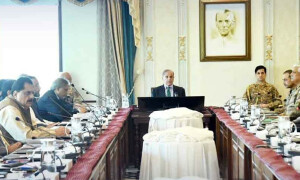



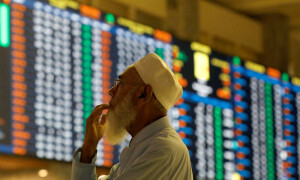

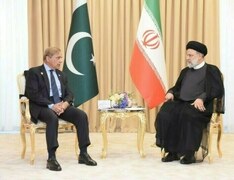

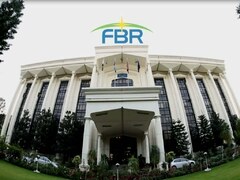
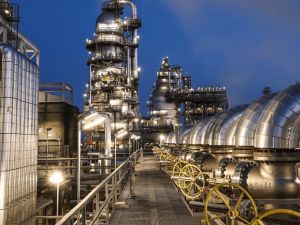
Comments
Comments are closed.